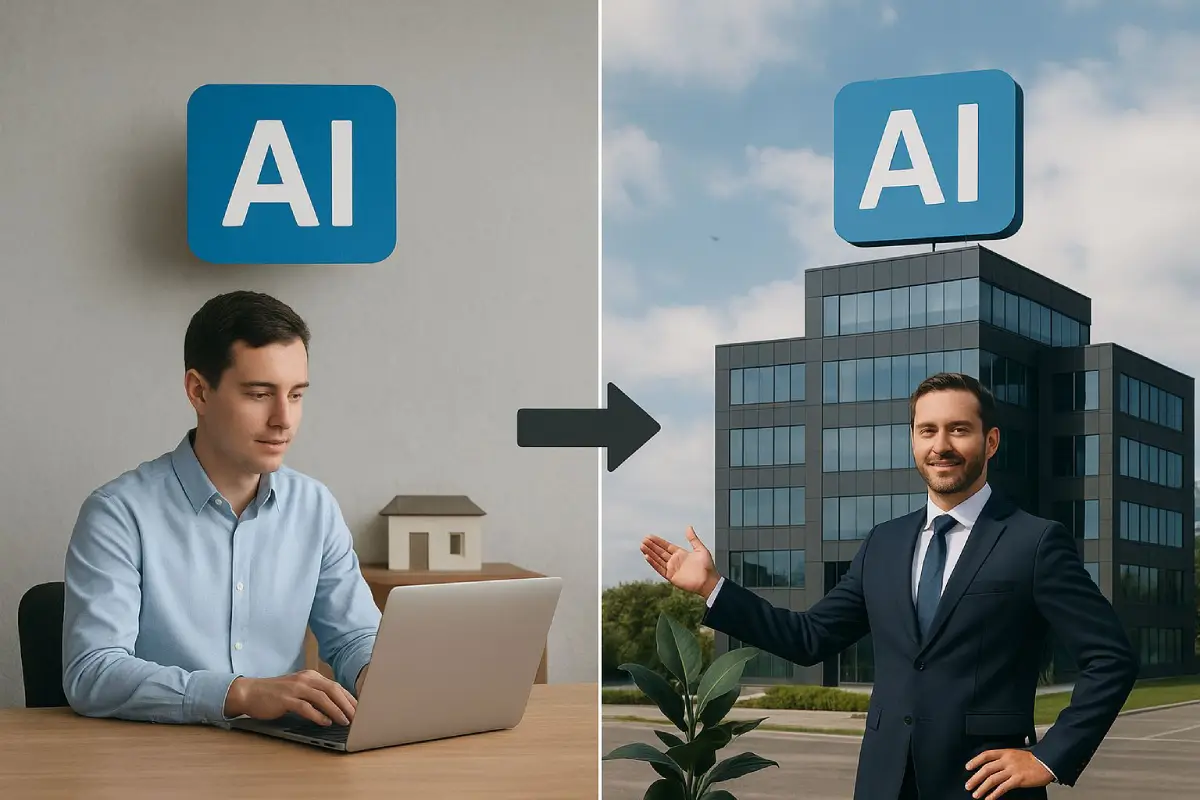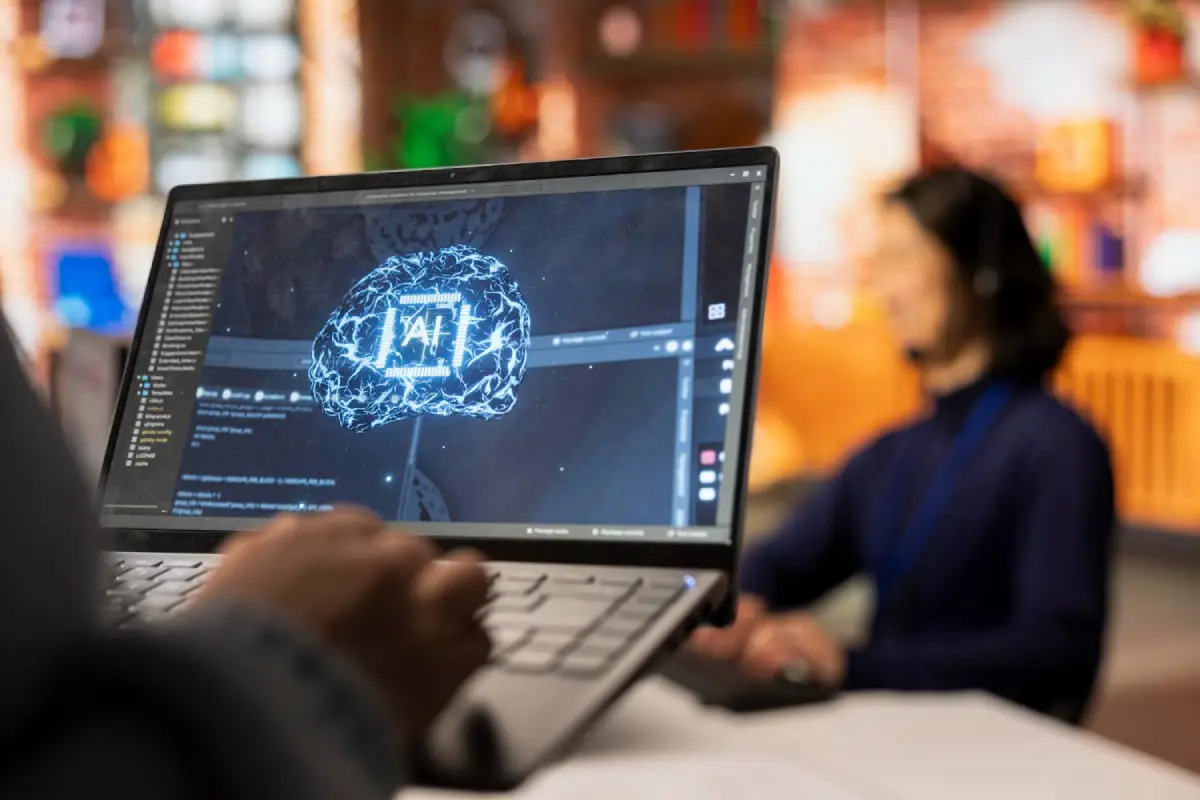One of the most exciting developments in AI is the rise of small models. These smaller, focused AI models are quietly transforming companies by offering precise, efficient, and cost-effective solutions that drive big business outcomes.
From the perspective of experts who work closely with technology and business leaders, understanding how AI turns small models into big business is essential for any organization aiming to harness the full potential of AI.
What Are Small AI Models?
Small AI models are lightweight, specialized versions of AI algorithms that focus on specific tasks rather than trying to solve every problem at once. Unlike large, complex AI models that require massive computing power and data, small models are designed to be efficient, fast, and easy to deploy. They work well on devices with limited resources, such as smartphones, sensors, or edge devices, and are tailored to meet specific business needs.
Think of small AI models as the “smart assistants” within your technology ecosystem. Instead of trying to be everything to everyone, they are experts in one or two things—whether it is recognizing images, detecting fraud, predicting equipment failure, or personalizing customer experiences.
Why Small AI Models Matter for Business
The question is, how does AI turn small models into big business? The answer lies in their unique advantages that help companies save money, work faster, and make better decisions.
1. Cost-Effective AI Solutions
Big AI models require expensive hardware, lots of electricity, and huge data sets. Small AI models use fewer resources, making AI accessible for small to medium businesses that don’t have giant budgets. This democratization means more companies can take advantage of AI without huge upfront costs.
2. Faster Time to Market
Because small AI models are simpler and task-specific, they can be developed and deployed quickly. Companies can roll out AI-powered features faster than ever before, gaining a competitive edge in their markets. This speed allows businesses to respond rapidly to customer needs and market changes.
3. Improved Accuracy on Specific Tasks
Small AI models focus on solving a narrow problem, so they often outperform larger models in their area of expertise. This focused accuracy means better customer recommendations, more precise fraud detection, or earlier identification of machine failures, leading to higher efficiency and customer satisfaction.
4. Scalability and Flexibility
Small AI models can easily be scaled or combined to handle more complex business challenges. Organizations can start with one small model and then build or connect additional models as their needs grow. This flexibility supports long-term innovation without overwhelming IT teams.
Ennovaterz’s Approach to Leveraging Small AI Models
We understand that how AI turns small models into big business is about aligning technology with real-world goals. Our team works closely with clients to identify the right AI applications and develop tailored small models that integrate seamlessly into their operations.
Our approach includes:
- Deep Consultation: Understanding a business’s unique challenges to build AI models that address specific pain points.
- Custom Development: Designing lightweight AI models that can run efficiently within existing systems or on edge devices.
- Integration and Support: Ensuring the AI solutions work smoothly with client infrastructure and providing ongoing improvements as business needs evolve.
This strategy allows our clients to benefit from AI without disruption, cost overruns, or complexity. We focus on delivering measurable business value by helping companies leverage AI models that are just the right size.
Real-Life Examples of Small AI Models Driving Big Business
The theory is compelling, but the proof is in the results. Here are some real-world ways AI turns small models into big business impact across different sectors:
- Retail: Personalized shopping experiences powered by AI models that analyze customer behavior and preferences. These models recommend products customers are likely to buy, increasing sales and loyalty without needing massive datasets or cloud resources.
- Manufacturing: Predictive maintenance models run on sensors attached to machinery. These small AI models monitor equipment health and predict failures before they happen, reducing downtime and saving millions in repair costs.
- Healthcare: Diagnostic models designed to detect specific conditions such as diabetic retinopathy or skin cancer from medical images. These small AI systems help doctors make faster, more accurate diagnoses and improve patient care.
- Finance: Fraud detection models that analyze transaction patterns in real time. These models flag suspicious activity instantly, protecting businesses and customers from financial loss.
Each example shows how AI turns small models into big business advantages by focusing on clear problems and delivering fast, reliable solutions.
Why Small Models Are the Future of AI in Business
The trend toward small AI models reflects a broader shift in technology and business strategy. Companies no longer need to build monolithic AI systems that do everything imperfectly. Instead, they can adopt a modular approach, where many small, focused models work together to create intelligent, adaptable solutions.
This approach brings several future benefits:
- Privacy and Security: Since small AI models can run locally on devices, sensitive data does not always need to be sent to the cloud, improving privacy and reducing security risks.
- Edge Computing: Small models are perfect for edge devices, which require immediate decision-making without cloud delays. This is crucial for applications like autonomous vehicles or smart sensors.
- Continuous Learning: Smaller models can be updated independently, allowing businesses to innovate incrementally without major system overhauls.
- Sustainability: By using fewer resources, small AI models help companies reduce their carbon footprint and support green technology initiatives.
How Businesses Can Start Using Small AI Models Today
Understanding how AI turns small models into big business is only the first step. The next is action. Businesses interested in adopting small AI models should consider the following steps:
- Identify Specific Use Cases: Start with clear problems that can benefit from automation or improved insights.
- Evaluate Existing Data and Infrastructure: Determine if you have the right data and systems to support AI deployment.
- Partner with Experts: Collaborate with AI specialists like Ennovaterz who can build custom models tailored to your needs.
- Pilot and Iterate: Begin with a small pilot project, measure its success, and improve continuously before scaling.
- Invest in Training: Ensure your team understands how to work with AI tools and interpret their outputs.
Following these steps allows companies to avoid costly mistakes and maximize the value of their AI investments.
Conclusion
How AI turns small models into big business is a story of smart innovation, practical application, and real results. Small AI models offer a scalable, cost-effective way for companies of all sizes to harness the power of artificial intelligence. They help businesses solve focused problems faster, reduce costs, improve customer experiences, and drive growth.
We are proud to support businesses on this exciting journey. Our expertise in designing and deploying small AI models enables our clients to transform their operations and achieve big business outcomes.
Exploring how AI turns small models into big business opens the door to scalable, sustainable innovation, one that aligns with evolving business needs and technological advances. It’s an exciting time for companies ready to embrace AI in its most practical and impactful form.
For queries, contact:














